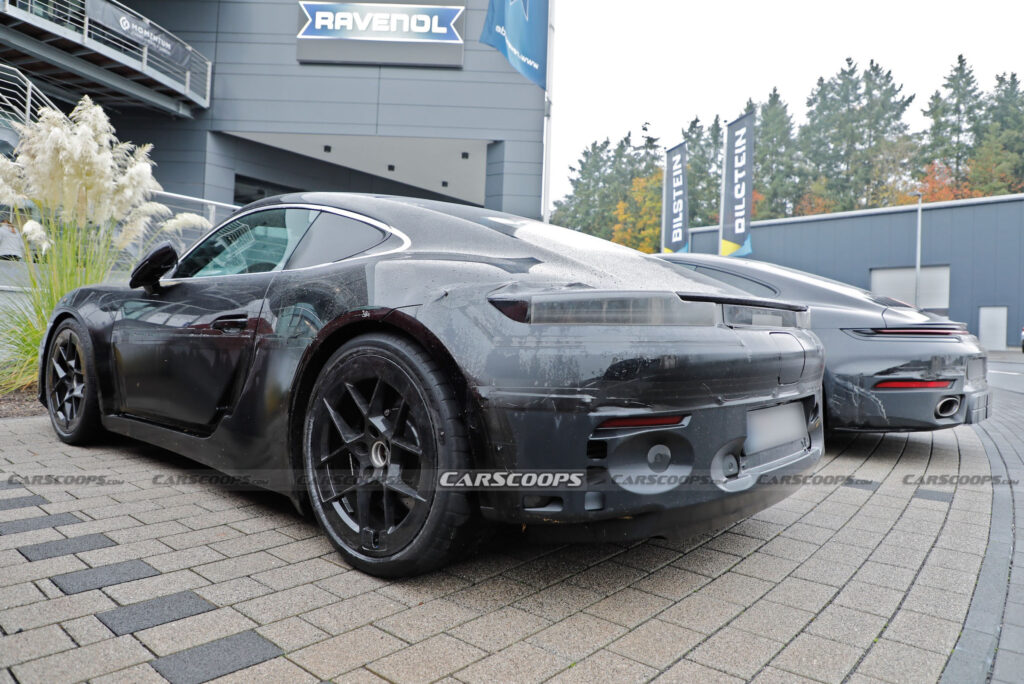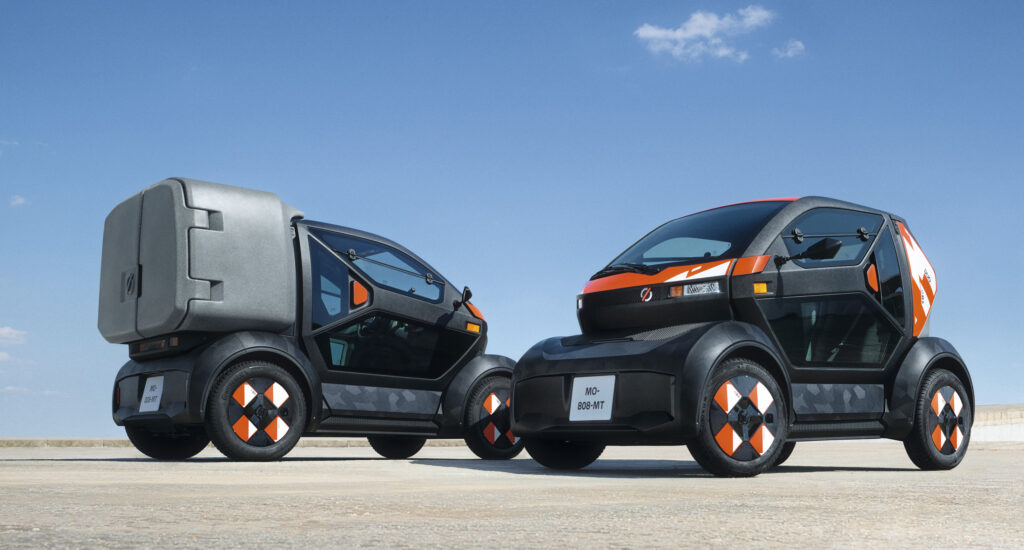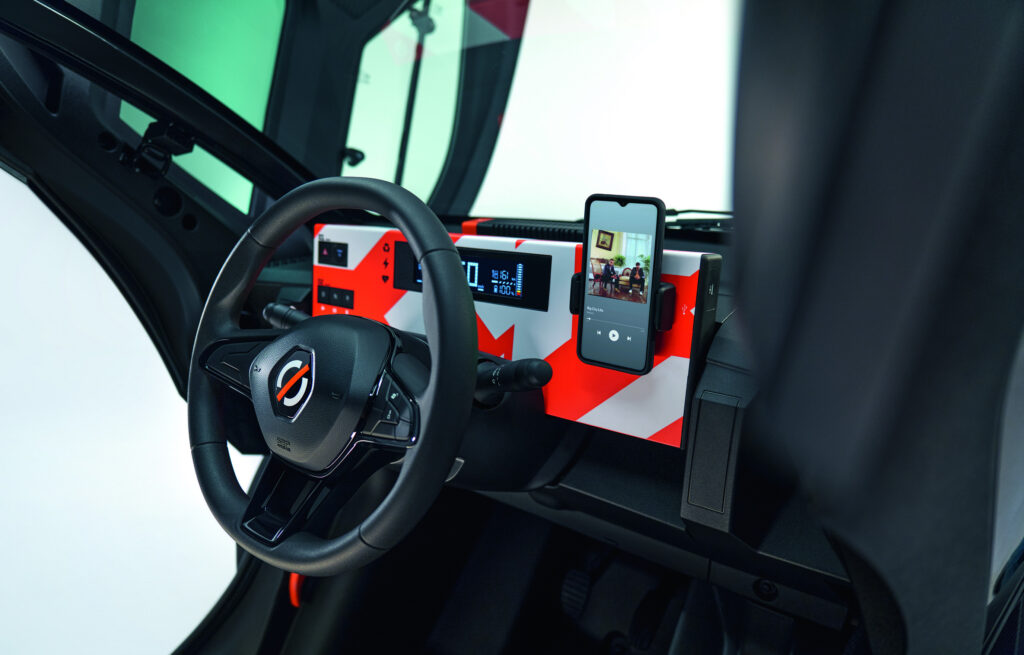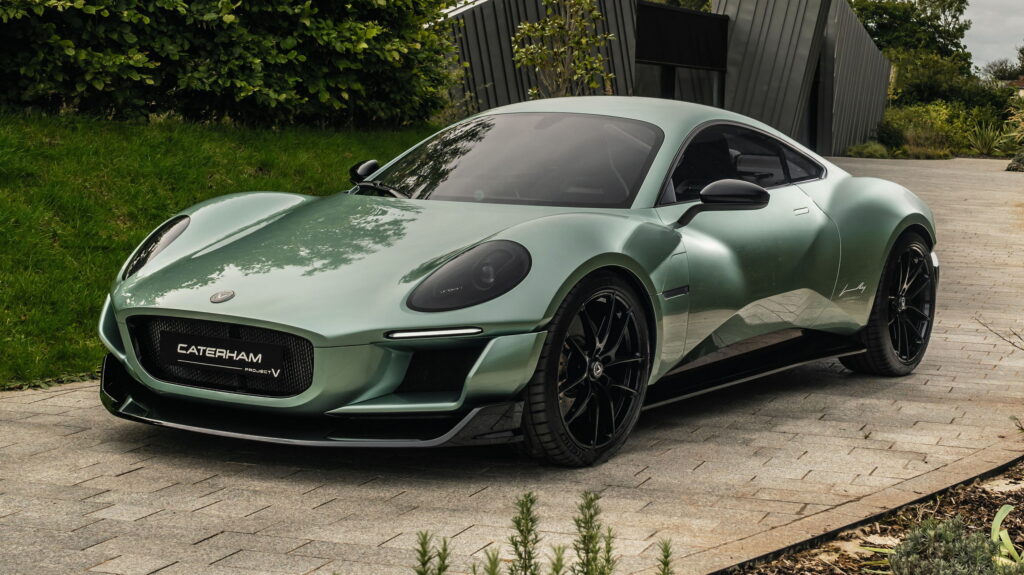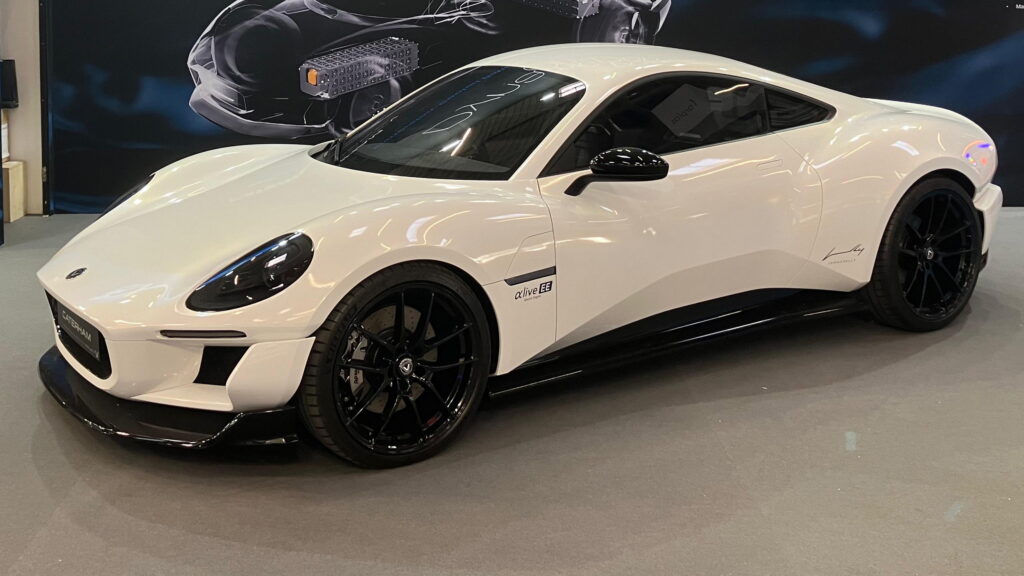This Tiny Truck Is Genuinely Happy To See You
- CAM EV Microvan is Malaysia’s happiest LCV with playful decals.
- It’s a rebadged Nextem Vaquita from Hong Kong with a smile.
- Just 1.2 m / 48 in. wide, it offers flexible cargo configurations.
Small cars often wear cute faces to win us over, but some go all-in with the gimmick. That’s exactly the case with the CAM EV Microvan, a tiny electric cargo hauler built for squeezing through tight city streets with a smile on its face. Literally.
Recently unveiled at a show in Malaysia, the CAM EV Microvan is a rebranded version of the Nextem Vaquita from Hong Kong. Aside from a new badge, the most noticeable change is a set of cheerful stickers, transforming it into what might be the happiest delivery van on the planet.
Cartoon Cues and Branding Tricks
The design tweaks are minimal, limited to a grinning mouth on the charging port and cartoon-style eyelashes over the headlights. It’s unclear whether these decals will be offered as factory options or left up to owners with a roll of vinyl, but they’re a clever bit of theater on an otherwise utilitarian platform.
More: Trump Saw These “Really Cute” Cars In Japan And Now Wants Them On US Roads
If you’re curious about the name, Vaquita refers to a type of porpoise, one that’s critically endangered, with fewer than ten left in the wild, according to Wikipedia. Why a commercial van is named after a marine animal on the brink of extinction is anyone’s guess, but sure, let’s go with it.
The LCV itself is pitched as a low-cost, low-maintenance option aimed at small businesses that don’t mind a little existential irony with their deliveries.
The Specifications
CAM EV
In terms of dimensions, the EV measures 3,695 mm (145.5 inches) in length and just 1,220 mm (48 inches) in width. Inside, it’s strictly business: a central driving position, a single seat, a very basic dashboard, and plenty of hard plastics that prioritize practicality over comfort.
More: Renault’s Smallest And Quirkiest EV Is Dead
Where it gets interesting is the rear. The Microvan can be configured as a box van, pickup, garbage truck, sweeper, coffee truck, and more. Depending on the configuration, cargo volume reaches up to 2.8 cubic meters (99 cubic feet), with a maximum payload of 630 kg (1,390 pounds).
Power comes from a single electric motor driving the rear wheels. Top speed is capped at 80 km/h (50 mph), while the 15.97 kWh battery delivers an estimated 150 km (93 miles) of range per charge.
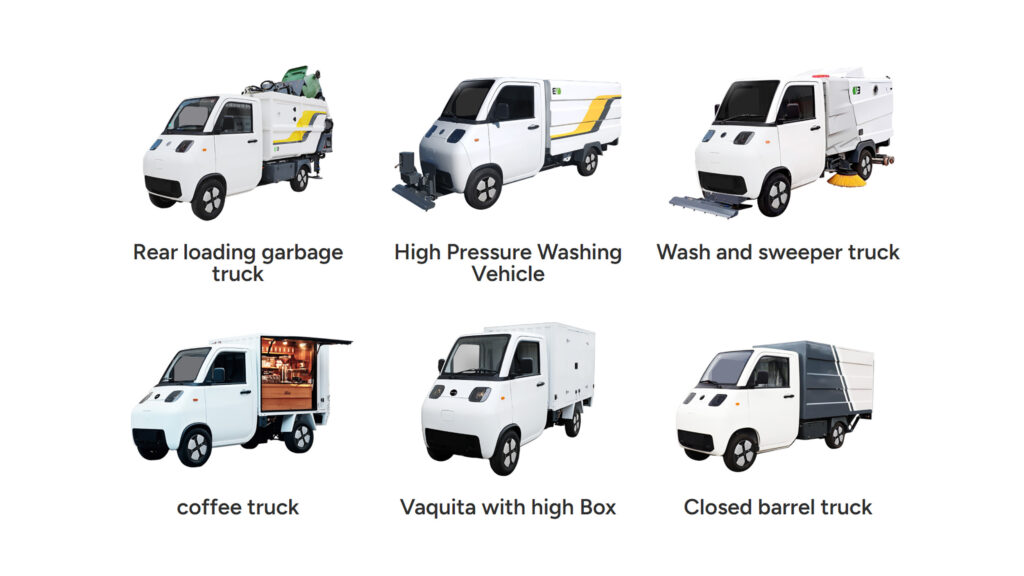
According to Paultan, the market launch of the CAM EV Microvan in Malaysia is scheduled for the second quarter of 2026.
Pricing is expected to start around 65,000 Malaysian Ringgit, or approximately $15,900 at current exchange rates. That’s not exactly bargain-bin territory for a vehicle of this size, which means the smiling decals may have to work overtime to win over budget-conscious buyers.
Beyond Malaysia, the Nextem Vaquita is expected to enter markets in Hong Kong, Indonesia, the Philippines, Thailand, and Portugal.

